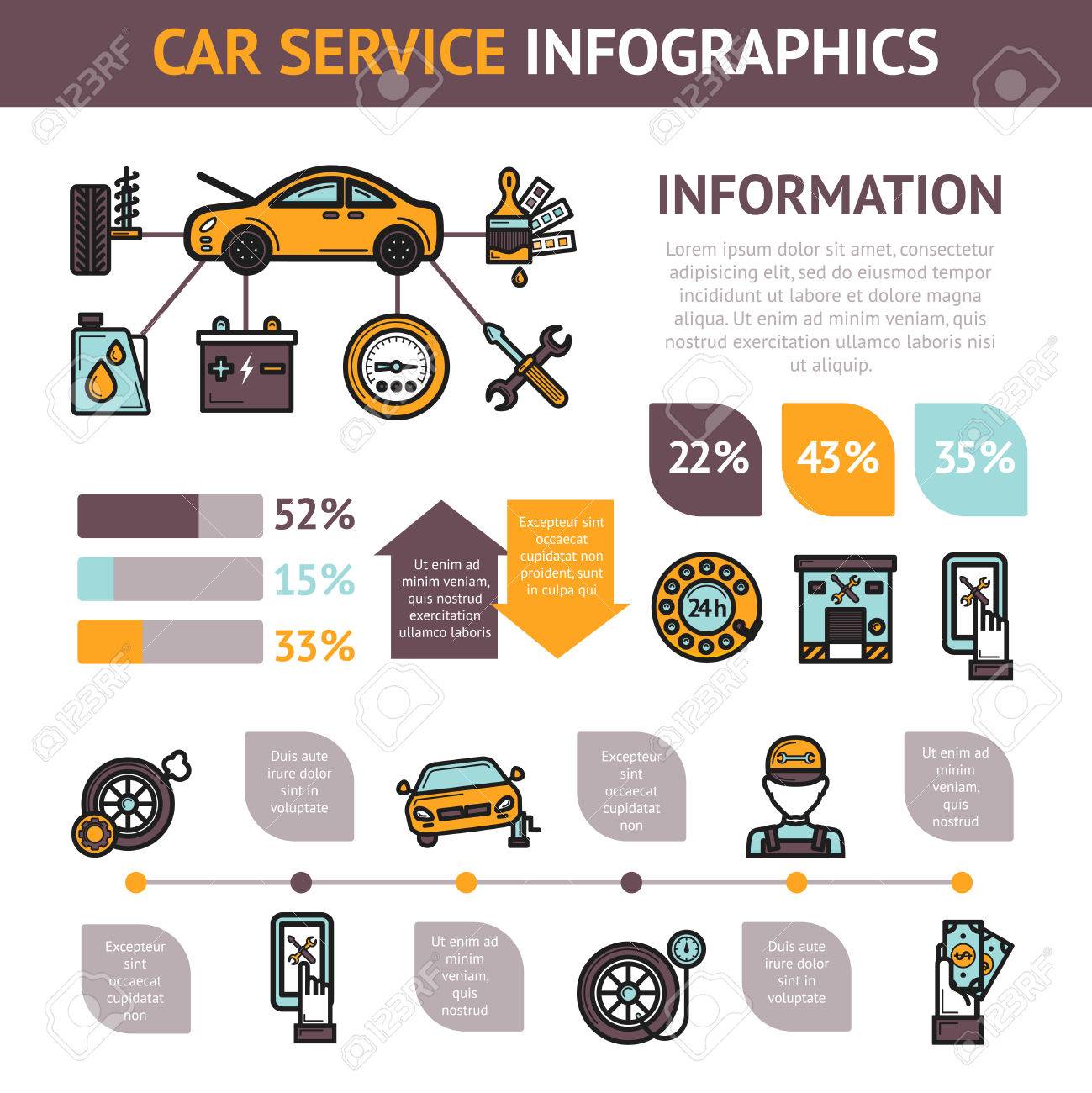Interested Concerning Those Control Panel Caution Lights In Your Car? Figure Out What They Imply For Your Automobile'S Health And Wellness
Interested Concerning Those Control Panel Caution Lights In Your Car? Figure Out What They Imply For Your Automobile'S Health And Wellness
Blog Article
Web Content By-Termansen Forbes
When you lag the wheel, those beautiful warning lights on your dashboard can be a little bit perplexing. Do you know what they're attempting to tell you concerning your automobile's health? Understanding the significance of these lights is crucial for your security and the long life of your car. So, the next time one of those lights pops up, wouldn't you wish to decode its message properly and take the required actions to address it?
Common Warning Lighting and Interpretations
Recognize common caution lights in your auto and recognize their meanings to guarantee safe driving.
rv cleaning include the check engine light, which signifies concerns with the engine or exhausts system. If this light comes on, it's crucial to have your automobile examined promptly.
The oil stress alerting light suggests reduced oil stress, calling for prompt focus to stop engine damage.
A blinking battery light could suggest a damaged charging system, possibly leaving you stranded otherwise addressed.
The tire stress tracking system (TPMS) light alerts you to reduced tire stress, influencing vehicle stability and fuel effectiveness. Overlooking this can cause unsafe driving conditions.
The abdominal muscle light suggests a trouble with the anti-lock braking system, compromising your ability to stop promptly in emergency situations.
Last but not least, the coolant temperature level advising light warns of engine overheating, which can lead to extreme damages otherwise solved promptly.
Comprehending these typical warning lights will aid you attend to issues without delay and preserve secure driving problems.
Value of Prompt Focus
Recognizing the common caution lights in your automobile is only the initial step; the value of immediately dealing with these cautions can not be highlighted sufficient to ensure your safety when driving.
When a caution light brightens on your dashboard, it's your car's means of connecting a prospective problem that requires attention. Disregarding these cautions can cause much more extreme troubles down the road, jeopardizing your safety and security and possibly costing you much more out of commission.
Prompt attention to advising lights can avoid malfunctions and crashes. For instance, a flashing check engine light can suggest a misfire that, if left neglected, could trigger damages to the catalytic converter. Resolving this promptly can save you from a costly repair service.
In a similar way, a brake system cautioning light may indicate reduced brake liquid or worn brake pads, essential parts for your security when driving.
DIY Troubleshooting Tips
If you observe a warning light on your control panel, there are a couple of DIY fixing pointers you can try before seeking expert assistance.
The first step is to consult your car's guidebook to understand what the particular warning light indicates. In https://johnnynhcvu.blogrelation.com/38251242/find-out-exactly-how-green-auto-outlining-items-can-raise-your-vehicle-s-luster-while-shielding-the-planet-discover-the-lasting-choices-waiting-on-you can be as easy as a loosened gas cap causing the check engine light. Tightening up the gas cap may settle the trouble.
One more usual concern is a reduced battery, which can trigger various warning lights. Examining the battery links for deterioration and guaranteeing they're safe could fix the problem.
If a caution light persists, you can try resetting it by disconnecting the automobile's battery for a couple of minutes and afterwards reconnecting it. In addition, inspecting your vehicle's liquid degrees, such as oil, coolant, and brake fluid, can assist fix alerting lights associated with these systems.
Final thought
Finally, understanding your car's warning lights is vital for maintaining your car running efficiently and safely. By without delay addressing these alerts and recognizing what they mean, you can stay clear of costly fixings and possible breakdowns.
Keep in mind to consult your car's guidebook for certain details on each cautioning light and take action accordingly to make sure a trouble-free driving experience.
Stay educated, remain risk-free when traveling!
